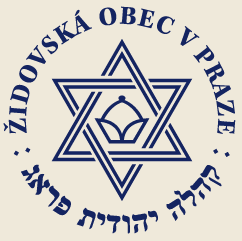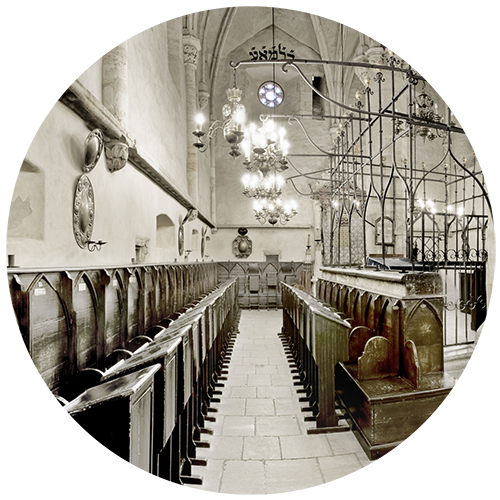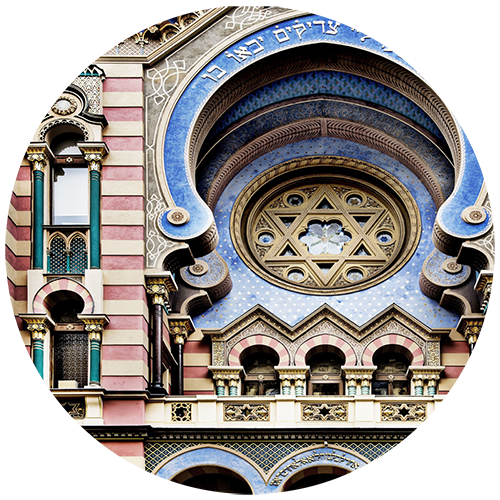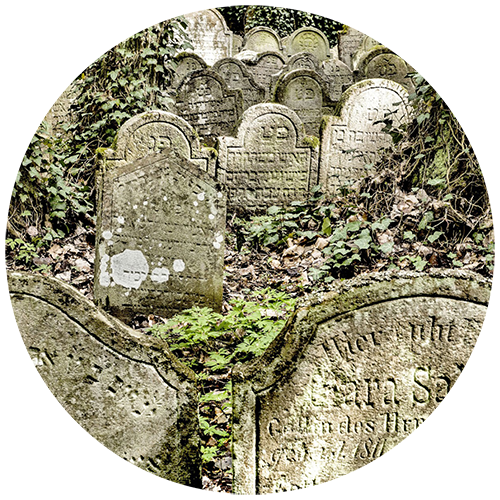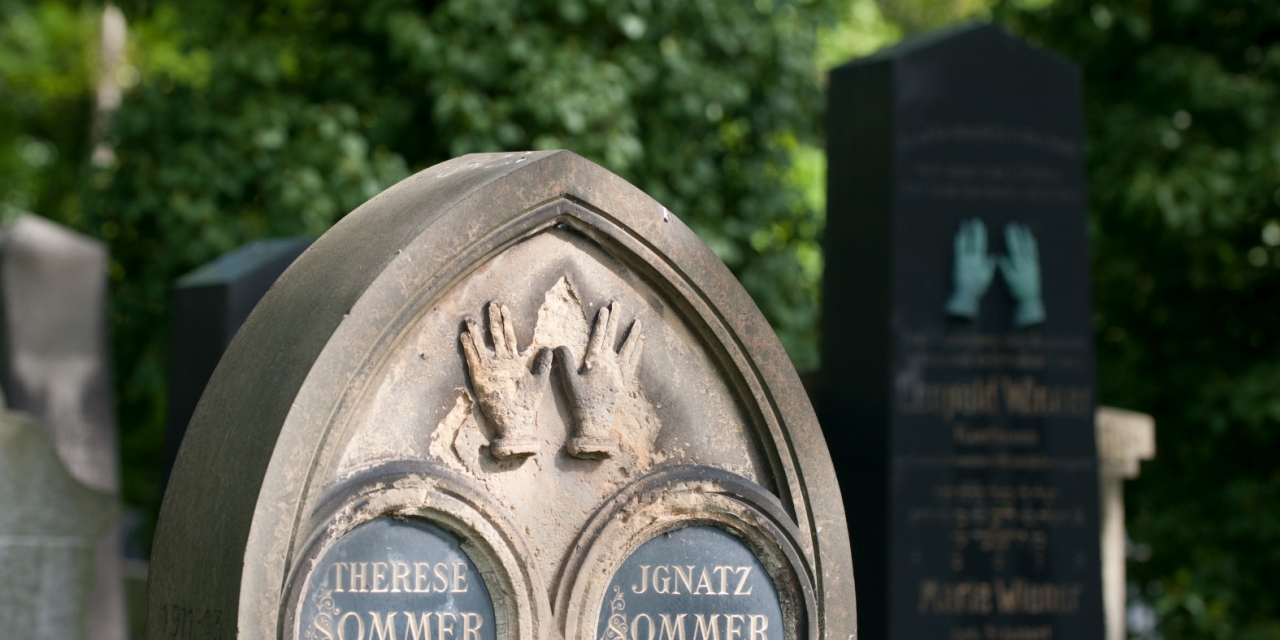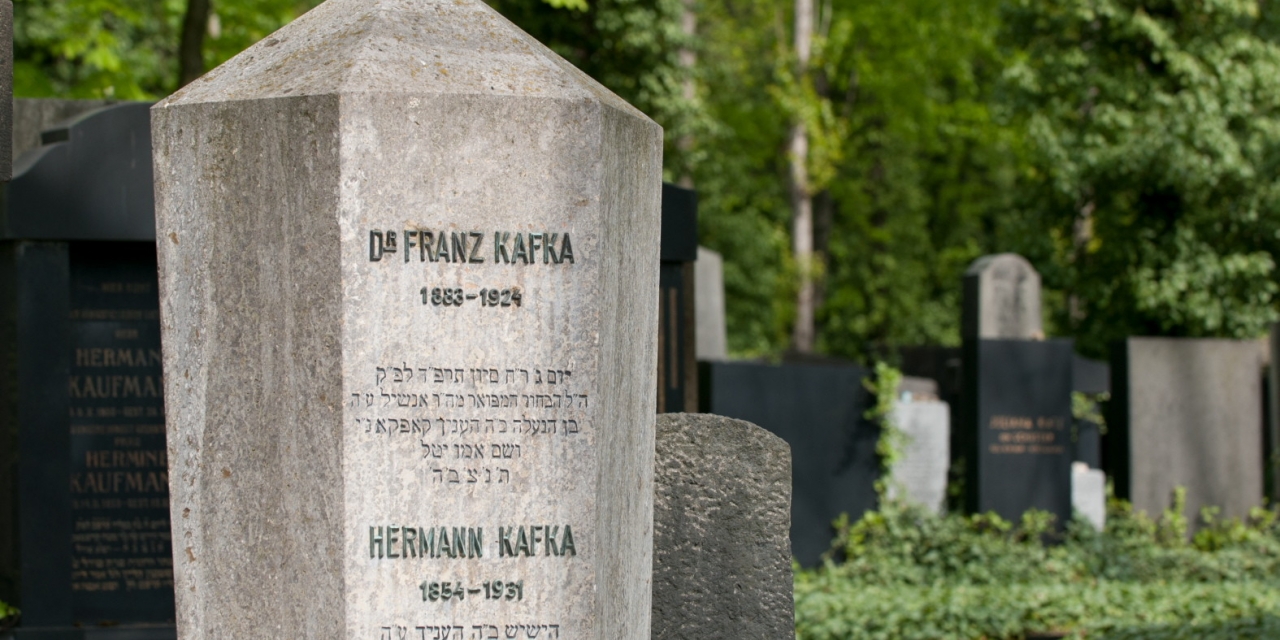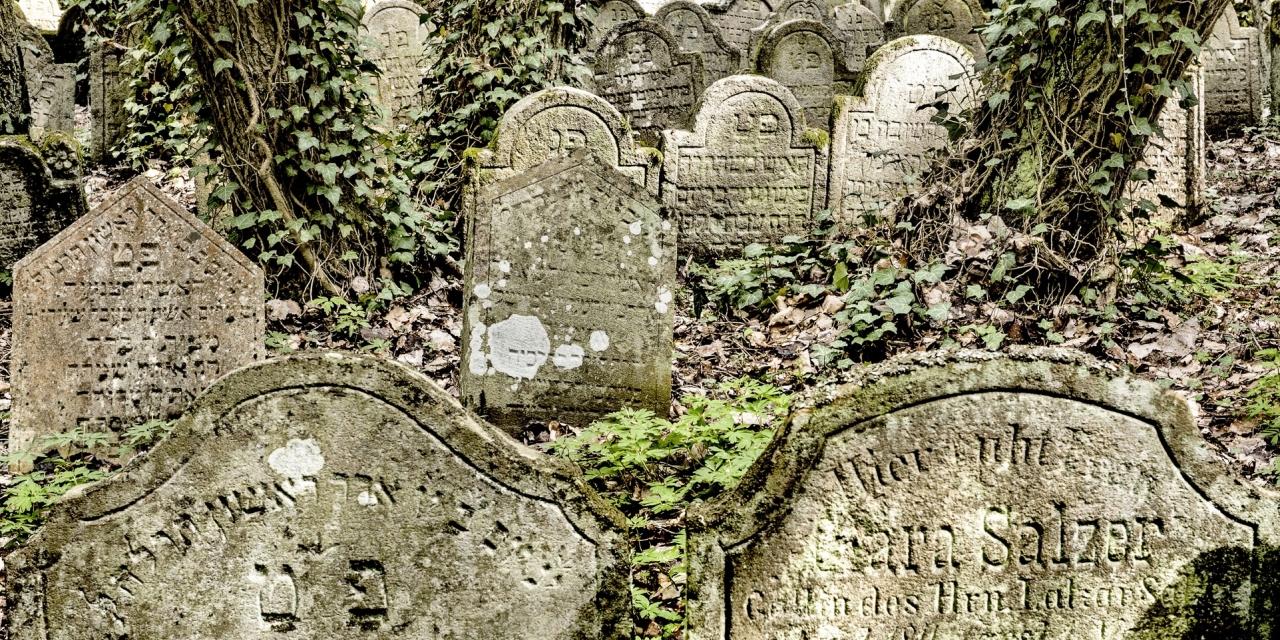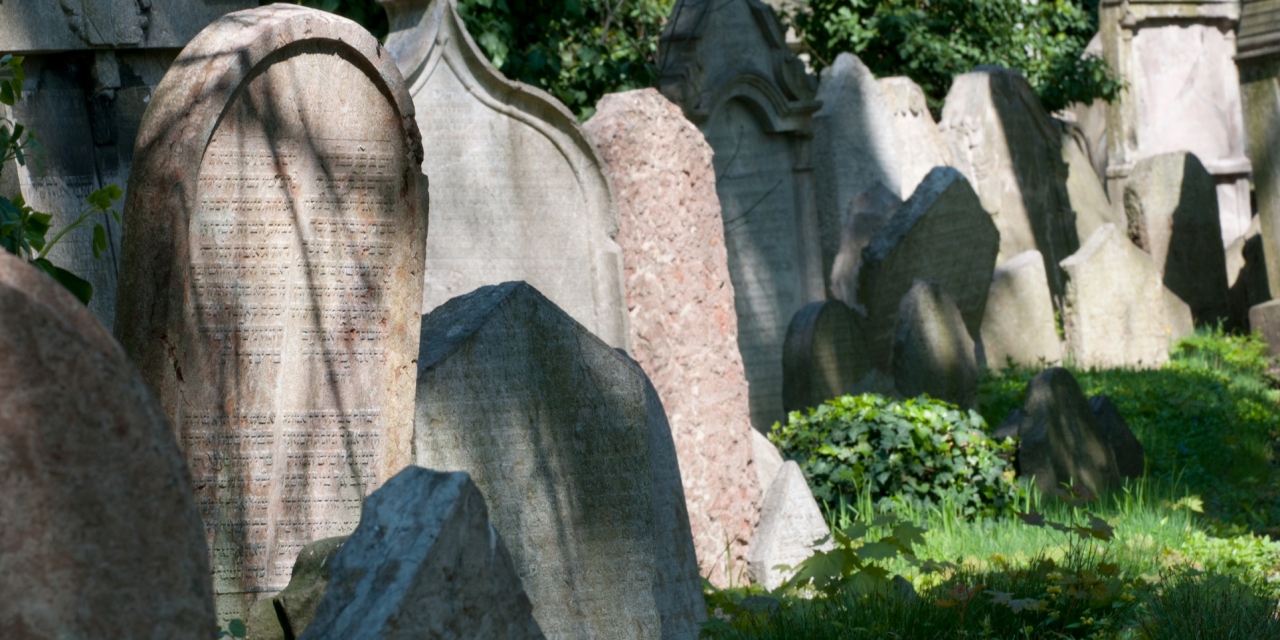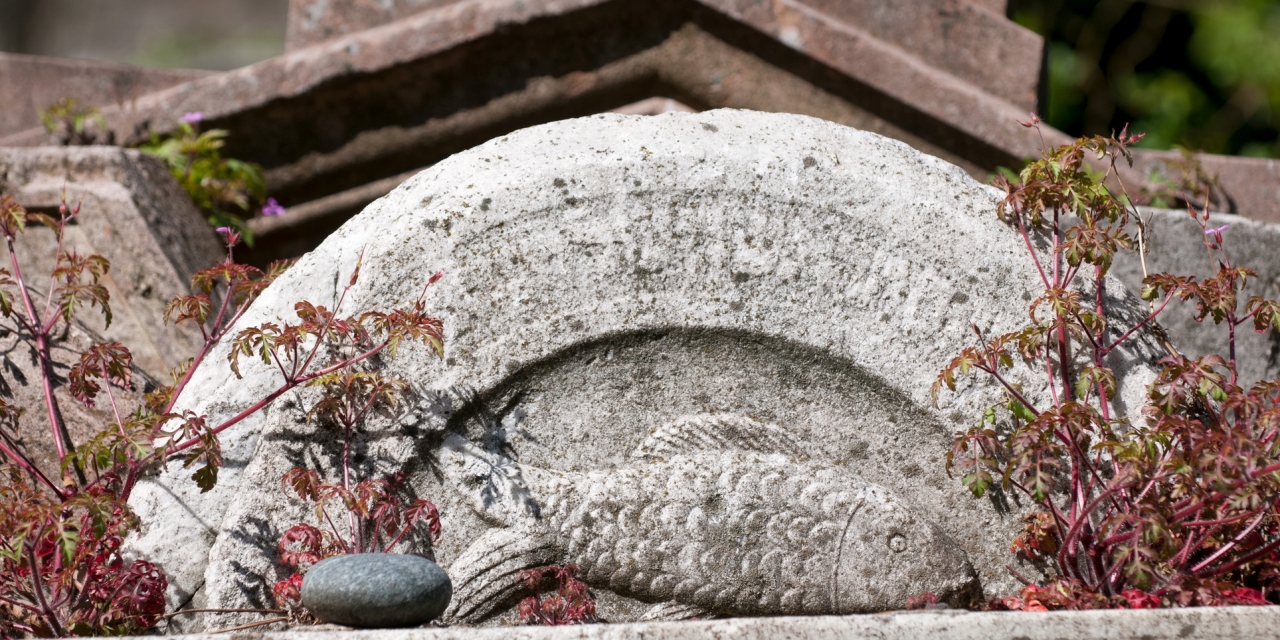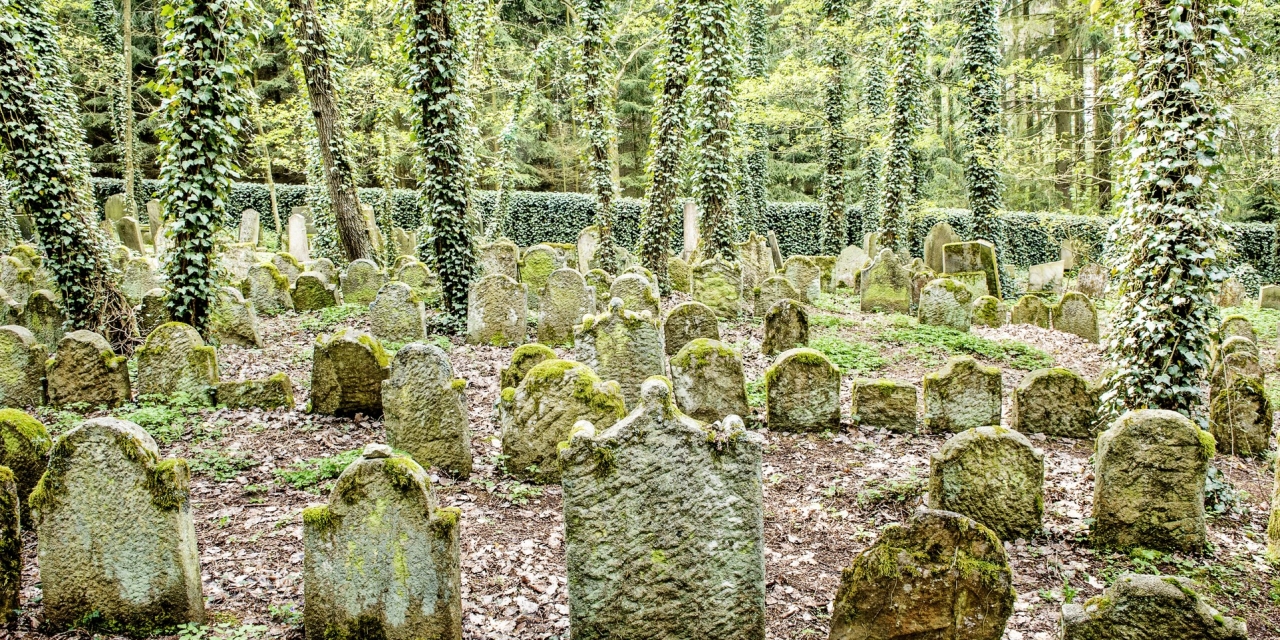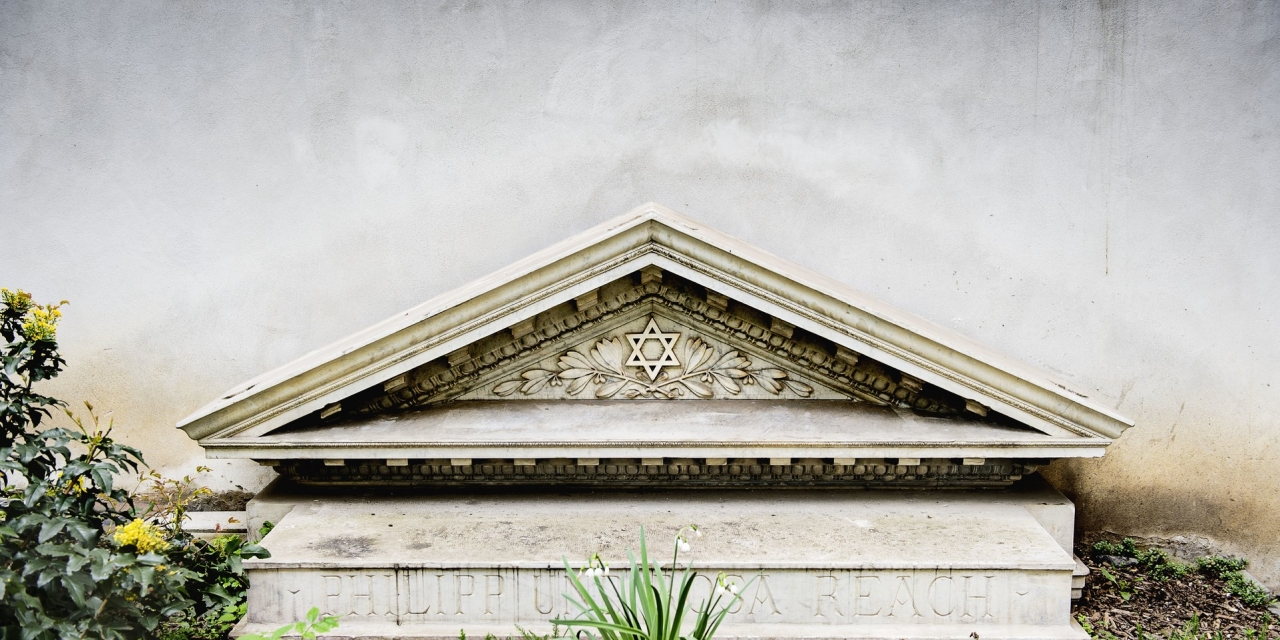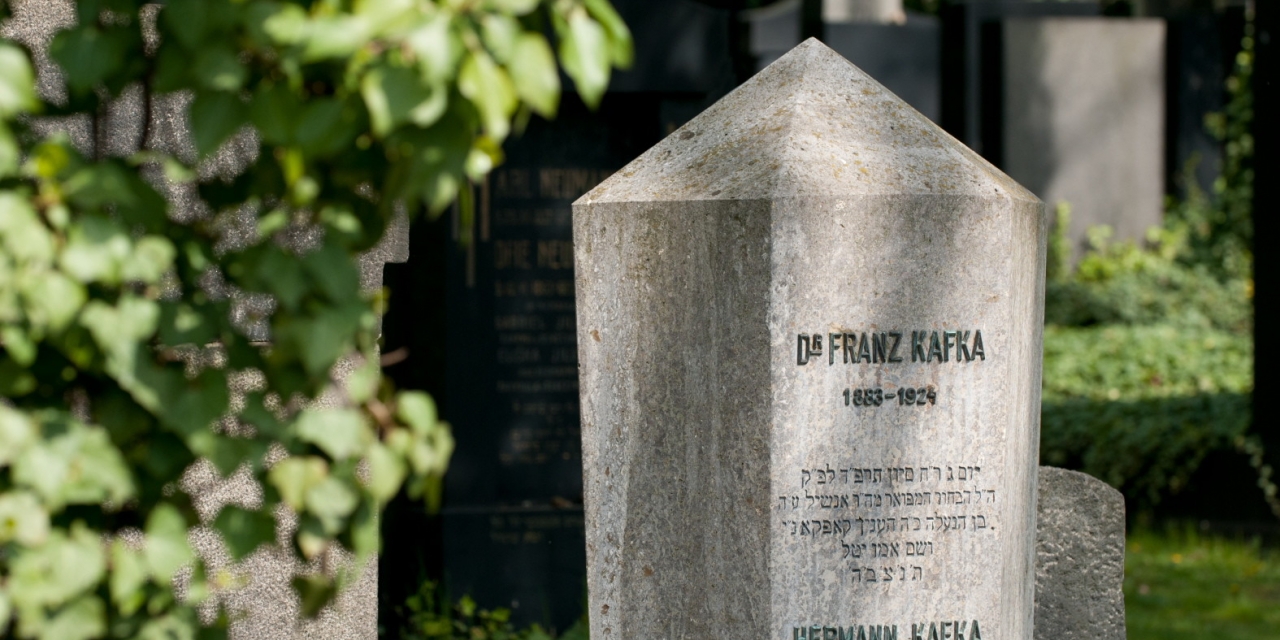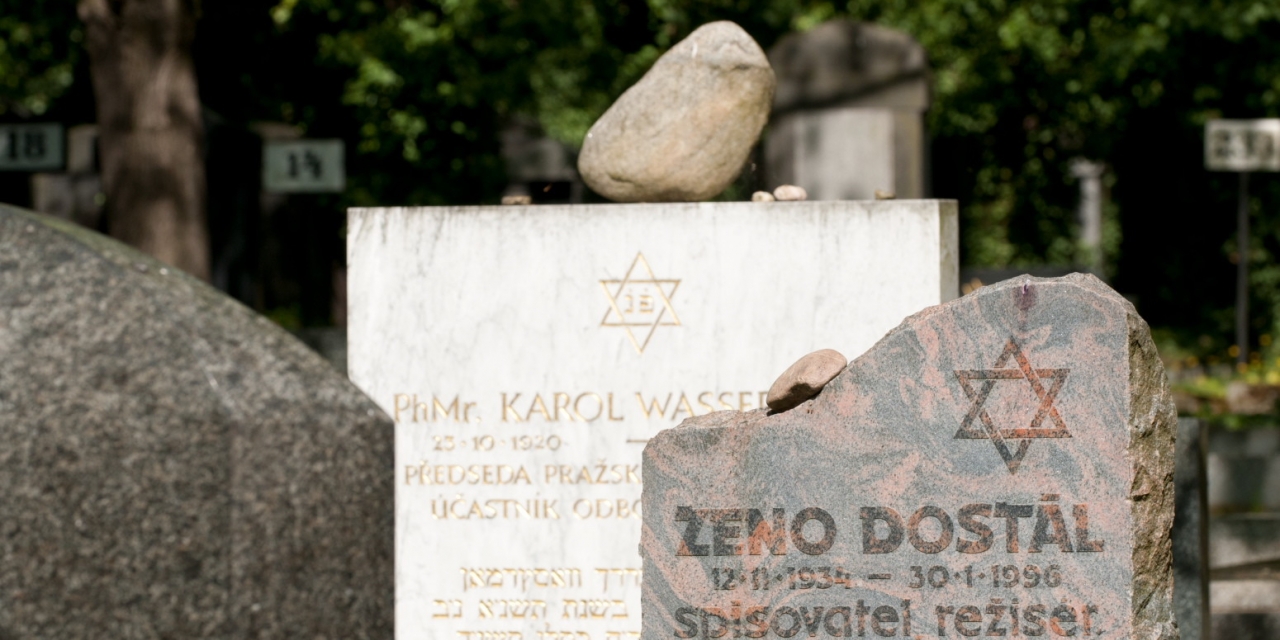For someone the Jewish cemeteries are places of romanticism mysticisms and secrets, for others these are places where important personalities – rabbis or writers are buried. The Jewish Community of Prague opens to public the two of its most important cemeteries – the Old Jewish Cemetery as well as the New Jewish Cemetery situated in the Žižkov part of Prague. Both of these are open to visitors year around and valuable sepulcher monuments can be found there. The New Jewish Cemetery is also the only cemetery used by the Jewish Community of Prague for today’s burials.
Old Jewish Cemetery
SUNDAY-THURSDAY 9:00-18:00
FRIDAY 9:00-14:00
SATURDAYS AND JEWISH HOLIDAYS - CLOSED
Fibichova 2a
Prague 3
ENTRANCE FREE
The old Jewish cemetery in Žižkov (known as the First Jewish Cemetery in Olšany) was established in 1680 as a plague burial ground for the Jewish Community of Prague. Burials took place here during another plague epidemic in the 1820s and then on a regular basis from 1787 until 1890, when a ban on burials within the city came into force. The Jewish cemetery is a historic site of great significance. It is the resting place of some 40,000 persons, including a number of prominent rabbis and scholars. The most visited grave is that of the Chief Rabbi of Prague, Ezechiel Landau (1713-1793), also known by the name Noda bi-Yehuda, whose tombstone was fully restored in 1993 (to mark the anniversary of his death), together with those belonging to other members of his family. Other prominent Jewish figures and representatives of the Enlightenment and contemporary Jewish intelligentsia are buried here, such as Landau’s pupil and member of the rabbinic board, Eleazar Fleckeles (1754-1826), the physician Jonas Jeiteles (1735-1806), his son Baruch Jeiteles (1762-1813) and the historian David Podiebrad (1803-1882). Large representative tombstones mark the graves of the first local Jewish entrepreneurs – Joachim Popper (1731-1795) and members of the Jerusalem, Pribram and Dormitzer families. As far as tombstone designs are concerned, the cemetery covers a broad range of styles, from Baroque, Empire and Romantic to the common forms of the latter half of the 19th century. The original cemetery was situated on a much larger area than today. In the early 1960s it was mostly discontinued and converted into a park, known today as Mahlerovy sady. In the second half of the 1980s, the Žižkov television transmitter tower was built by the Communist regime, devastating the cemetery. A large part of the cemetery was dug up, tombstones were knocked down and broken and the rest of the cemetery was filled in a turned into a park. In 1999, the Jewish Museum in Prague took over the administration of the preserved part of the Jewish Cemetery on Fibichova Street, which is a protected historical monument. Following essential structural repairs and basic restoration work, the cemetery was opened to the public in September 2001. The restoration of the tombstones continued and 164 tombstones and 4 tombs had been restored by the end of 2013, costing a total of 4 million Czech crowns. Presently, the cemetery is under the administration of the Jewish Community in Prague.
New Jewish Cemetery
Sunday–Thursday
April–October 9:00–17:00
November–March 9:00–16:00
Friday
9:00–14:00
Saturdays and Jewish holidays
closed
Izraelská 1
Prague 3
free admision
The New Jewish Cemetery was established in 1890 (5650), when the Old Jewish Cemetery in today’s Fibichova street ceased to serve its purpose. The cemetery belongs among protected monuments. It is the only Jewish cemetery in Prague today, where burials of the deceased of Jewish religion continue to take place. A new cemetery database, according to which it is possible to locate people buried in single graves as well as to print out a detailed plan of gravesites, is accessible since 2005. The cemetery was intended for approximately 100 000 graves, which corresponds to about one century of functioning. On its area of more than 10 hectares, more than 10 times that larger than the Old Jewish cemetery in Josefov, around 25 000 deceased are buried. A ceremonial hall with a dignified room for prayers, a house for purification (tahara), administrative and auxiliary buildings, as well as the protective wall around the cemetery were built in a prevailing style of its time – Neo-Renaissance. The ceremonial hall was designed by architect Bedřich Münzberger. The cemetery was, from the beginning, duly divided into burial fields, in which graves were gradually placed. A walk along the cemetery thus becomes also a survey of individual styles of tombs and gravestones, as they followed in time, from Neo-Gothic, Neo-Reneissance and Prague and Viennese Art Nouveau, through Classicism, Purism and Constructivism to the present. Burials continue to take place in the cemetery till today. Many artistically valuable tombstones were designed by prominent Czech architects and sculptors – Jan Kotěra, Josef Zasch, Josef Fanta, Čeněk Vosmík and others. In the middle of the cemetery, by the main alley, a burial field has been dedicated to officials of Jewish religious communities and other important personalities, while at a site near the cemetery gate, the graves of eminent Rabbis (for example, Dr. Nathan Ehrenfeld or Dr. Gustav Sicher) are located. The Patria ship memorial, the monument of the extinct community of Dolní Královice in the shape of an ordinary boulder and the 1926 Memorial of World War I victims, an a oblong block embedded in two rectangular pedestals, stand by the cemetery entrance as well. Lavish family tombs, such as those of the two important entrepreneur families, the Petscheks and the Waldes’s, were built along the eastern cemetery wall. Two relief busts that decorate the Waldes tomb are the last work of Josef Václav Myslbek. Two structures at the cemetery attract the most attention. The 1985 Memorial of Czechoslovak Jews who perished in the Shoah and the Resistance, a composition of concave stone ellipses with Star of David at the center, is the work of sculptor Zdeněk Vodička and architect Vladimír Stehlík. The other often visited site is the grave of the writer Franz Kafka and his parents , whose names and data are inscribed on the front face of the gravestone (number 21 – 14 – 21), shaped as a hexagonal crystal, the work of architect Leopold Ehrmann. The memorial tablet of Max Brod, Kafka’s friend and an important promoter of his work buried in Israel, is placed on the opposing wall. The well-known writer Ota Pavel rests in the cemetery as well, the poet Jiri Orten is buried in the urn grove. Although Jewish tradition forbids cremation of the dead, the cemetery has obtained a special permission to run the urn burial grove. People from mixed marriages in particular have used this possibility. The operation of the cemetery including maintenance is funded from the JCP budget with contributions of other organizations.
